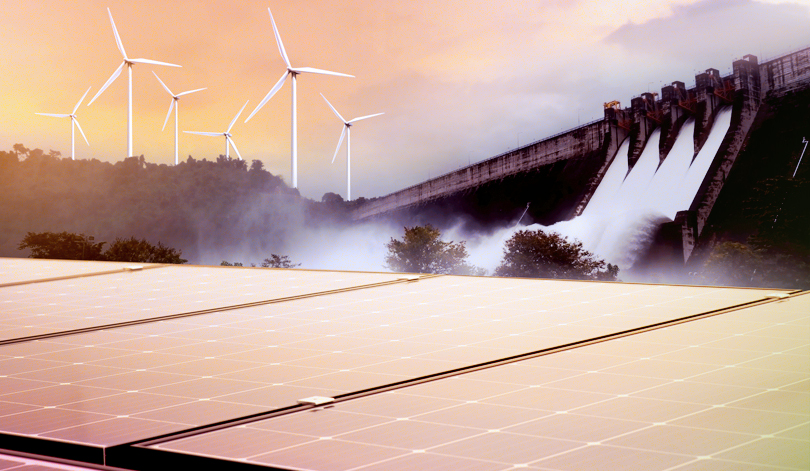Across Southeast Asia, energy systems are undergoing a historic shift. For decades, fossil fuels powered most of the region’s growth, but the environmental and economic costs have become harder to ignore. Today, a new chapter is unfolding — one that prioritizes cleaner, smarter, and more resilient power sources.
Why Renewable Energy Matters Now
The global transition to low-carbon energy is not just about cutting emissions. For island nations and developing economies, it is also about stability and independence. Renewable sources like solar, wind, and geothermal reduce reliance on imported fuels, insulate communities from price shocks, and open the door to more sustainable development.
At the same time, advances in technology are making renewable projects more efficient. Battery storage, for example, allows solar and wind energy to be dispatched reliably even when the sun isn’t shining or the wind isn’t blowing. These innovations turn intermittent resources into dependable power systems.
Regional Trends Driving Growth
Several trends are shaping the energy landscape:
- Scaling up solar and wind – From rooftop systems in cities to large-scale farms in rural areas, capacity is expanding rapidly.
- Hybrid solutions – Pairing renewable generation with batteries or existing infrastructure ensures a more balanced supply.
- Supportive policies – Many governments are encouraging private investment through auctions, incentives, and clearer regulations.
Together, these forces are accelerating the move toward cleaner grids while also creating opportunities for new industries and jobs.
Challenges Along the Way
Transitioning to renewable power is not without hurdles. Grid infrastructure needs to be upgraded to handle higher volumes of clean energy. Permitting and regulatory delays can slow progress, while financing for large projects remains complex. Community engagement is also essential, ensuring that development benefits local people as much as it benefits national targets.
Building a Net Zero Future
Despite the challenges, the momentum is clear. Southeast Asia has the resources, the market demand, and the technological capability to become a global leader in renewable energy. The next decade will determine how quickly this potential can be realized — and how effectively clean power can replace carbon-intensive systems.
For a closer look at how one renewable energy company is helping to shape this transition, explore their projects and initiatives.







